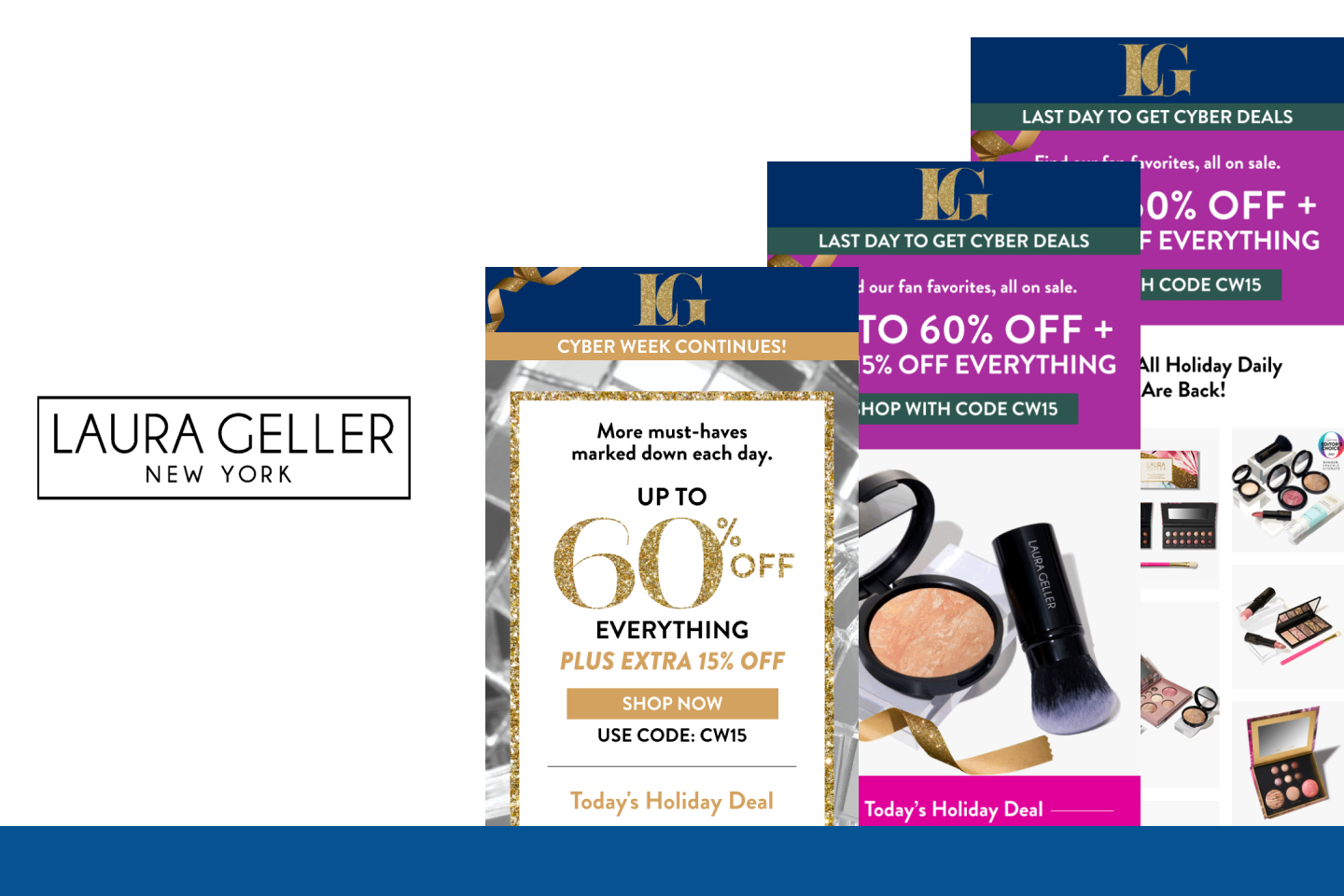More choices mean more sales, right? Well, not necessarily.
In 2004, American psychologist Barry Schwartz published the book: The Paradox of Choice: Why More is Less.
Schwartz suggests that having too many choices causes people to fear making the wrong decision, resulting in no decision. In the dizzying array of choices in, say, a supermarket or a list of college classes, choosing one among many options means giving up the rest of the opportunities, leading to anxiety and paralysis, he argued.
According to the Harvard Business Review, many marketers have dismissed Schwartz’ contention, claiming that today’s consumers want more choice and can process vast amounts of information. What’s more, consumers in market research studies almost always say they want more choice, and that the reason they didn’t make a purchase was often because they couldn’t find what they wanted.
Many marketers’ natural inclination is to throw as many offers as possible at their customers hoping at least one will stick. After all, you never make the shot you don’t take.
While Schwartz’ hypothesis is debatable on a macro-level, how about on a micro-level, such as in email campaigns?
Testing the Paradox of Choice
Alchemy Worx conducted three tests on behalf of footwear company Dr. Scholl’s pitting emails with differing numbers of products against each other.
In a test of three versus five products, the three-product email generated 38% more revenue, driven by a 58% higher conversion rate which led to 59% more orders.
In a follow up test, again testing three versus five products, the three-product email drove 37% more revenue.
The team also tested three versus six products. Interestingly, the results were basically a wash. The six-product email drove 5% more revenue, mainly because of higher average order values. However, it generated fewer clicks and orders overall.
Even with the results of the 6 product test, the three tests taken as a whole indicated that Scholl’s customers preferred fewer choices when attempting to feature a discrete list of products.
How Many Is Too Many
“‘Give consumers too many choices and they’ll do nothing’ is a direct-marketing concept that probably predates Schwartz’ book,” says Allan Levy, CEO of Alchemy Worx. “Our tests seem to fall somewhat in line with his hypothesis. They also point to the importance of focus in email marketing.”
How many choices is too many will vary from brand to brand, he adds. “The only way to find out is to test.”
At Alchemy Worx, we test everything. You should, too. For more information on how to partner with Alchemy Worx, contact us.





